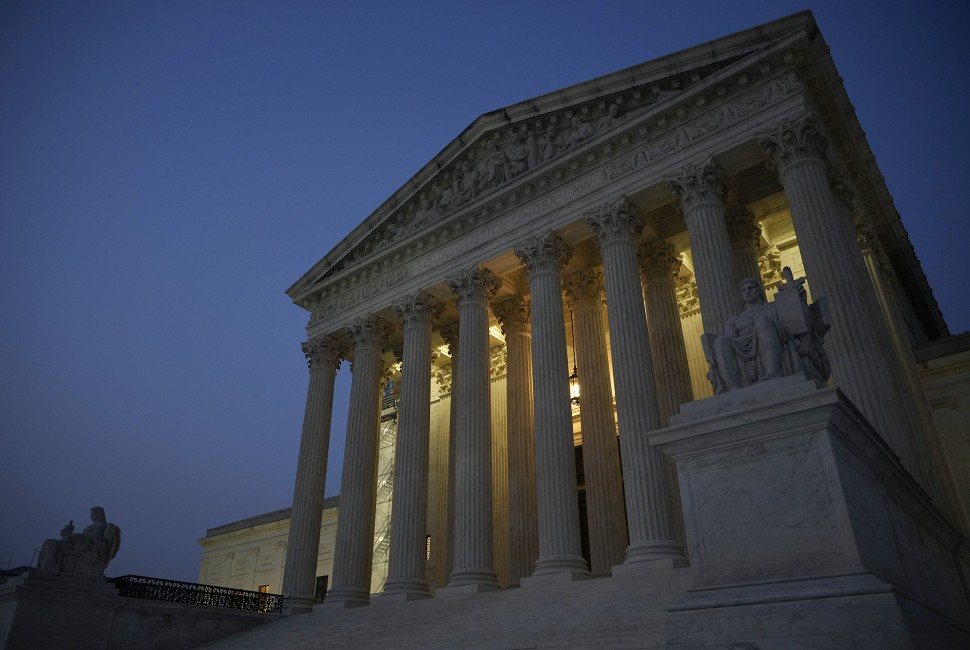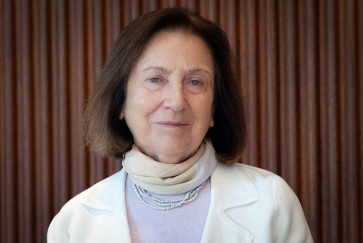Seventy years ago, on May 17, 1954, the U.S. Supreme Court declared the end of legally enforced racial segregation in public schools. But since the Court reached its unanimous decision, Brown v. Board of Education has lived only in memory and in text — there is no audio of the case because it predated the Court’s recording system.
Now, for the first time, “Brown Revisited,” brings to life the oral arguments and opinion in the voices of the original figures who changed American history using voice-cloning technology combined with actor performances and innovative visual design.
Northwestern University professor emeritus Jerry Goldman is the founder of Oyez, a multimedia relational database devoted to the Supreme Court. Inspired by recent advances in AI, Goldman partnered with the Knight Lab and, with Joe Germuska, director of the Knight Lab at the Medill School of Journalism, Media, Integrated Marketing Communications, formed a team of scholars, technologists, designers and journalists to recreate the iconic SCOTUS case in “Brown Revisited,” launching May 15 at brown.oyez.org.
“We hope this fosters a deeper public understanding and appreciation for this pivotal moment in the fight against racial segregation, especially on the 70th anniversary of the Brown decision,” Goldman said. “It was a great opportunity to join forces with the Knight Lab, Spooler and Ukraine-based AI firm Respeecher to bring the transcripts to life in the voices of the actual participants.”
Goldman’s first call was to the Knight Lab, where he has been working as Scholar-in-Residence.
“It was great to work with Professor Goldman again,” said Germuska, who coded the original Oyez project. “We all saw what he did — an incredible opportunity to use new technology while keeping the focus this important story. It’s right in the center of Knight Lab’s interests in media, technology and design.”
The project began with development of a well-researched and journalistically sound script, which includes transcript excerpts of the most important elements of the more than 18 hours of oral arguments and the SCOTUS decision.
The project team collaborated with leading deep learning AI engineering company, Respeecher, based in Kyiv, Ukraine, to create synthetic voice models of key figures in the case. Human voice actors, including award-winning audiobook narrator Dion Graham, delivered initial character readings. The voice models were then applied to the pre-recorded audio. Finally, the human-voiced, synthetically enhanced output was edited, and mastered in post-production by the interactive audio company Spooler. Award-winning Sicilian design firm Idib Group provided innovative user experience web design to deliver the audio.
“The Spooler team jumped at the chance to use state-of-the-art voice cloning AI on historically accurate transcripts. The result is a thrilling, ‘deeptrue’ audio record of this iconic moment in U.S. history,” said Spooler CEO James Boggs, an alum of Northwestern’s Weinberg College of Arts and Sciences.
The project is dedicated to the brave plaintiffs and their families who sacrificed so much through the Brown litigation for the benefit of all Americans, Goldman said.
Funding for the project came from a collective of individual contributors, national law firms and other public-spirited organizations.
Experience “Brown Revisited” at brown.oyez.org


